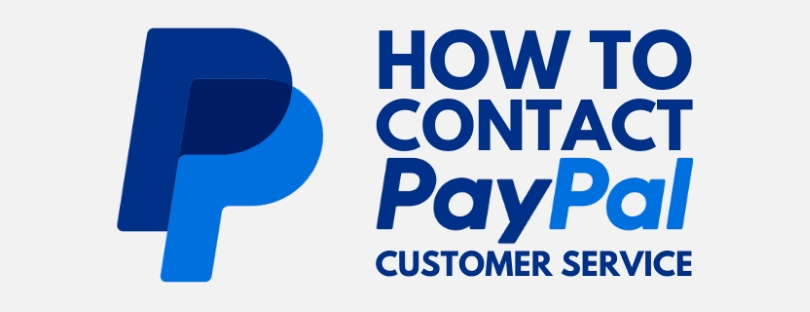
Wireless Communication Takes Electric Vehicle Charging Infrastructure To The Next Level
Around the world, the electrification of road vehicles shows no signs of slowing down. Driven by their reduced environmental impact, low operational and maintenance costs, and, crucially, government monetary and non-monetary subsidies, a growing number of individuals and businesses are opting for electric vehicles (EVs) over vehicles powered by conventional internal combustion engines. EV charging infrastructure
By 2030, there be roughly 136 million EVs on our streets. Even as their fraction of EVs remains low, their cumulative mileage will increase faster relative to conventional vehicles due to higher utilization rates of vehicles in car-sharing schemes, taxi fleets, and rental cars.
But competing against internal combustion engine-powered cars in terms of cost, comfort, and convenience was never going to easy. The EV industry has come a long way over the past decade, but conventional automobile.
It is, therefore, hardly a surprise that the EV service equipment (EVSE) market is booming, with EV charging poles making up a considerable chunk of that demand. The EVSE market is predicted to achieve a compound annual growth rate of 36 percent from 2021 to 2030 according to ABI Research, as homes, workplaces, commercial and public venues, and roadside refueling stations expand their offering.
Wireless connectivity will be key to convenience and efficiency EV charging infrastructure
By 2024, 58 percent of EV charging poles are expected to be networked with cellular or Wi-Fi technology. Bluetooth, too, will find a place in EV charging solutions, making them more user-friendly and interactive. In a recent webinar, we laid out why wireless connectivity is becoming a key enabler of EV charging infrastructure.
By using Wi-Fi, Bluetooth, and cellular technology to communicate wirelessly between the EV, the user, and the charging infrastructure, charging stations are becoming much more than just a charger. In both wired and wireless charging setups, Wi-Fi and cellular technology are establishing themselves as the most efficient solutions to connect to the cloud for intelligent control of the charging process.
At the same time, wireless communication is enabling a slew of new services targeting users – connecting with the user’s infotainment system, providing information on the charging infrastructure, simplifying and securing billing, and more. The upside is arguable even bigger for EVSE providers, who gain insight into the status and performance of their infrastructure to optimize charging time, power consumption, and costs, and identify and fix faulty equipment before it fails.
u‑blox: The fast track to developing connected EVSE solutions
In the webinar, you’ll learn how u‑blox can put you on the fast track to developing EVSE solutions. Find out which wireless communication technology best meets your specific needs, whether you’re developing entry-level to mid-tier RTOS based platforms or more sophisticated mid- to high-end LINUX-based ones. You’ll come out with a deeper understanding of the various flavors of 4G LTE cellular technology and Bluetooth and Wi-Fi connectivity.
You’ll also get to know our portfolio of development tools including evaluation kits that demonstrate the capabilities of our products, application boards that demonstrate how they can be applied in specific use cases, and blueprints that can serve as reference designs. More recently, we’ve released a selection of M.2 cards that let you easily test our host-based Wi-Fi modules, the JODY-W2, the JODY-W3, and the MAYA-W1, using a wide range of NXP’s i.MX evaluation boards.
To learn more about how Wi-Fi gives stakeholders new ways to differentiate themselves from the competition and pave the way for new business models and dive into the main architectures and solutions on the market, download U-blox white paper on future-proofing EV charging solutions with Wi‑Fi.








